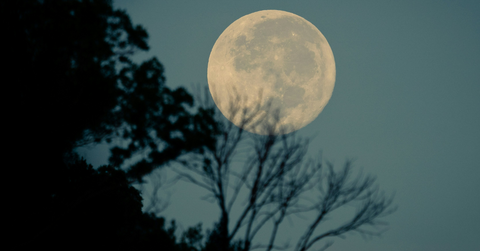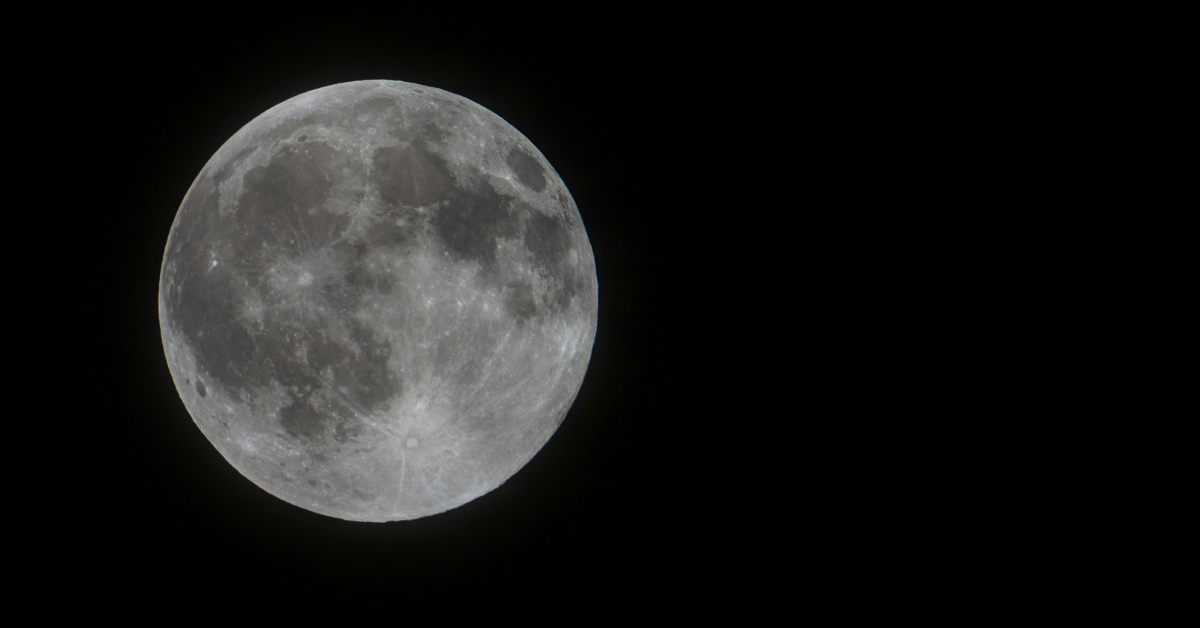How to See the "Mini Moon" Joining Earth's Orbit in Fall 2024
The mini moon will stick around for a few months.
Published Sept. 26 2024, 3:06 p.m. ET

Professional stargazers may notice something a little unusual when they lift their eyes to the skies at the end of September 2024. That's because scientists say that our moon will have a bit of company by way of a smaller mini moon, which will be joining the Earth's orbit for a little while.
The second moon will appear thanks to a small asteroid that will briefly be trapped in the Earth's gravitational pull, creating a unique view for anyone lucky enough to see it. Keep reading to learn when the second moon will arrive, including what you'll need to do if you want to check it out for yourself.

Is there going to be a second moon?
The temporary mini moon is technically an asteroid, known as 2024 PT5.
It was discovered by the Asteroid Terrestrial-Impact Last Alert System (ATLAS) in August 2024, prompting NASA's scientists to quickly calculate the estimated trajectory.
They shared their work in a study that was published in Research Notes of the American Astronomical Society, where they revealed their prediction for the mini moon.
The celestial phenomenon is possible thanks to the speed at which the asteroid is traveling, according to The BBC. Since the rock is only moving at 2,200 miles per hour — a rate that is considered slow by asteroid standards, if you can believe it — it will easily get pulled into our planet's gravitational field where it will be trapped for a small period of time.
But, even though it's going to be trailing the Earth's moon, it won't be easy to mix the two up.
Will we be able to see the mini moon from Earth?
You won't be able to see the mini moon without a professional telescope, according to The BBC. Even then, it might be hard to spot, since the asteroid is only around 32 feet long. For comparison, the moon's diameter clocks in at around 2,158 miles.
And size isn't the only thing that 2024 PT5 has going against it — it's also going to appear quite dim in the sky.
This isn't the first time that we've had a close encounter with a secondary moon. The BBC notes that there have been several sightings in the past, including a confirmed visit from asteroid 2022 NX1, which orbited our planet not once, but twice! The asteroid became trapped in the Earth's gravitational field in 1981 and then made its way back to our planet once more in 2022.
When is the second moon coming?
The asteroid is predicted to be pulled into the Earth's gravitational pull on Sept. 29, 2024, and it's set to remain there until Nov. 25, 2024, according to Space.com.
And just like asteroid 2022 NX1, 2024 PT5 is likely to pay the planet another visit in the future. Scientists are predicting that it will once again pass close enough to the planet to become trapped again in 2055.
Here's hoping that by then experts will have made enough advancements in home telescopes that more people will have access to view the mini moon for themselves!